
Imitation crab is not suitable for low-carb diets, containing 13 grams of carbohydrates per three-ounce serving due to added starches and sugars. In contrast, real crab meat contains zero carbohydrates while providing 16.4 grams of protein per serving, along with essential nutrients like vitamin B12 and selenium. For those following low-carb dietary goals, authentic seafood alternatives such as wild-caught crab, tuna, or shrimp offer superior nutritional profiles. Understanding the fundamental differences between imitation and real seafood reveals important health implications.
Key Takeaways
- Imitation crab is not low-carb, containing 13 grams of carbohydrates per three-ounce serving compared to zero carbs in real crab.
- Added sugars and starches in imitation crab make it unsuitable for low-carb diets, contributing approximately 5.3 grams of carbohydrates.
- Real crab offers superior nutrition with zero carbs, 16.4 grams of protein, and essential nutrients like vitamin B12 and selenium.
- Fresh alternatives like tuna, shrimp, and salmon provide excellent low-carb seafood options with high protein content.
- Reading labels carefully helps identify hidden carbohydrates and artificial additives in imitation crab products.
Understanding Imitation Crab Composition
The complexity of imitation crab's composition reveals why this popular seafood substitute poses challenges for those following low-carb diets.
At its core, imitation crab consists primarily of surimi, a paste made from minced fish, typically Pollock, combined with various additives and starches. This processed seafood alternative contains approximately 18 grams of carbohydrates per 100-gram serving, a stark contrast to real crab, which contains no carbohydrates.
The nutritional quality of imitation crab is further affected by its extensive ingredient list, including wheat starch, egg whites, and flavor enhancers like MSG.
While marketed as a cost-effective seafood option, imitation crab's composition includes only minimal amounts of actual crab meat, typically around 3%, with the remainder consisting of processed ingredients and preservatives.
Carbohydrate Content Analysis
When comparing carbohydrate content between real and imitation crab, striking differences emerge in their nutritional profiles. While real crab meat and king crab contain zero carbohydrates, imitation crab packs 13 grams per three-ounce serving, making it less suitable for low-carb diets. This substantial difference stems from added sugars and starches used in processing imitation products.
| Product Type | Carbs (g/3oz) | Added Sugars (g) |
|---|---|---|
| Real Crab | 0 | 0 |
| King Crab | 0 | 0 |
| Imitation Crab | 13 | 5.3 |
The presence of added sugars, contributing approximately 5.3 grams of carbohydrates, combined with various starches and fillers, makes imitation crab particularly challenging for those following ketogenic diets or strict low-carb eating plans.
Nutritional Profile Breakdown
The stark contrast between imitation crab and real crab becomes evident in their nutritional profiles, with imitation crab containing 13 grams of carbohydrates per three-ounce serving compared to zero carbs in genuine crab meat.
This significant carbohydrate difference stems from the addition of starches and sugars during the manufacturing of surimi, the processed fish base used in imitation crab.
The protein content further highlights this disparity, as real crab provides 16.4 grams of protein per serving, while imitation crab offers less than half that amount at 6.5 grams, making it a less favorable choice for those seeking protein-rich, low-carb options.
Carbs Per Serving Analysis
Analyzing imitation crab's nutritional profile reveals significant differences in carbohydrate content compared to its authentic counterpart, with a three-ounce serving containing approximately 13 grams of net carbohydrates.
The processed nature of imitation crab introduces added sugars and starches, while real crab, particularly king crab, contains zero carbs and delivers 16.4 grams of protein per serving.
Key carbohydrate considerations for seafood choices:
- Real crab contains no added sugars, while imitation crab includes 5.3 grams per serving.
- Starches and fillers in imitation crab contribute to its higher carb content.
- Those following a low-carb diet should opt for authentic seafood alternatives like king crab, shrimp, or salmon for ideal protein without excess carbohydrates.
Key Nutrient Comparisons
Nutritional comparisons between imitation and real crab reveal stark differences in their fundamental composition and health benefits.
While imitation crab contains 13 grams of carbohydrates and 5.3 grams of added sugars per three-ounce serving, real crab maintains zero carbohydrates, making it a superior choice for low-carb diets.
The protein content also varies considerably, with real crab offering 16.5 grams compared to imitation crab's mere 6.5 grams per serving.
Beyond macronutrients, the processed nature of imitation crab results in notable nutrient deficiencies.
Essential micronutrients found abundantly in real crab, such as vitamin B12 and selenium, are largely absent in its imitation counterpart.
This substantial difference in nutrient density makes imitation crab a less preferable choice for those prioritizing nutritional value in their dietary choices.
Common Ingredients and Additives
Modern imitation crab relies on a complex blend of additives, including MSG and carrageenan for flavor enhancement, alongside preservatives like sodium benzoate for extended shelf life.
The product's distinctive texture comes from binding agents such as starches derived from wheat, tapioca, or potato, combined with egg whites that help create its characteristic firmness.
These ingredients work together with surimi, the primary fish component, to achieve the texture and taste that mimics real crab meat while maintaining stability during storage and preparation.
Key Additives Used Today
A complex blend of additives forms the foundation of modern imitation crab meat, with surimi, made from minced Pollock fish, serving as the primary base ingredient.
Common additives in seafood salad products include starches for texture enhancement, monosodium glutamate for flavor, and various preservatives for extended shelf life.
Key components found in the present imitation crab include:
- Texture enhancers: egg whites, potato starch, and wheat starch for firmness
- Flavor additives: artificial crab flavoring, MSG, and sugar compounds
- Stabilizing agents: gums like carrageenan and xanthan, plus sodium-based preservatives
These ingredients create a cost-effective alternative to real crab meat, though some additives may raise health concerns for individuals with specific sensitivities or dietary restrictions.
Common Binding Agents
Several essential binding agents form the structural foundation of imitation crab meat, working in conjunction to create its distinctive texture and consistency.
Common binding agents include various starches, such as potato, wheat, corn, and tapioca, which provide the necessary firmness and structural integrity to the product. Egg white and soy protein serve as additional binding components while enhancing both texture and visual appeal through improved color retention.
To further stabilize the product, manufacturers incorporate thickening agents like carrageenan and xanthan gum, which contribute to the desired mouthfeel and overall stability.
A preservative called sodium tripolyphosphate plays a vital role in maintaining moisture content and extending shelf life, while ingredients such as sugar and sorbitol help achieve the proper moisture balance and flavor profile.
Flavor Enhancement Components
While imitation crab achieves its seafood-like taste through a sophisticated blend of flavor enhancers, manufacturers rely heavily on specific additives to create its characteristic profile.
Monosodium glutamate (MSG) and artificial crab flavorings are commonly used to replicate authentic seafood taste, though these highly processed ingredients may raise health concerns for sensitive individuals.
The combination of additives also impacts texture and preservation, with carbohydrates from sweeteners and preservatives contributing to the final product.
Key components in imitation crab's flavor enhancement system:
- MSG and artificial flavorings for seafood-like taste
- Sugar and sorbitol for sweetness and moisture retention
- Sodium benzoate and other preservatives for extended shelf life
Health Implications for Low-Carb Diets
Incorporating imitation crab into a low-carb diet presents significant challenges due to its surprisingly high carbohydrate content. With 13 grams of carbohydrates per three-ounce serving, imitation crab can quickly consume a significant portion of daily carb allowances, particularly for those following a ketogenic diet. The ketogenic diet greatly reduces blood glucose levels and stabilizes HbA1c, preventing harmful blood sugar spikes. The processed nature and added sugars in imitation crab can trigger inflammation and disrupt ketosis, making it unsuitable for low-carb lifestyles. Health-conscious consumers following carb-restricted diets should consider alternatives like real crab meat, king crab, or shrimp, which provide protein without compromising dietary goals.
| Component | Imitation Crab | Real Crab Meat |
|---|---|---|
| Carbs (g) | 13 | 0 |
| Added Sugars | Yes | No |
| Processing | Highly Processed | Minimal |
| Diet Suitability | Limited | Excellent |
Real Crab vs. Imitation Crab Comparison
Although both real crab and imitation crab appear similar on the plate, their nutritional profiles reveal stark differences that impact their suitability for low-carb diets.
Real crab contains zero carbohydrates and delivers superior protein intake, while imitation crab, made from surimi and processed ingredients, contains significant carbohydrate content that can disrupt low-carb eating plans.
For those seeking low-carb options, real crab's zero-carb profile outshines imitation crab's high carbohydrate content and processed ingredients.
- While real crab provides 20.1 grams of protein per three-ounce serving, imitation crab offers only 6.5 grams.
- Imitation crab contains 18 grams of carbohydrates per 100-gram serving, compared to zero carbs in real crab.
- Real crab supplies essential omega-3 fatty acids, vitamin B12, and selenium, nutrients conspicuously absent in imitation crab, making it a more nutritious choice for health-conscious consumers.
Best Practices for Seafood Selection
Making informed choices about seafood selection requires understanding several key factors that impact both nutritional value and environmental sustainability.
When choosing seafood products, consumers should prioritize wild-caught options over farmed varieties to maximize health benefits and reduce exposure to harmful ingredients. Look for sustainability certifications like MSC or ASC to guarantee responsible sourcing practices.
Food safety and allergy considerations are equally important, particularly when selecting processed seafood products. Opt for minimally processed options without excessive additives or artificial flavorings, which can compromise nutritional quality.
Understanding the environmental impact of seafood choices helps protect marine ecosystems from destructive fishing practices and overharvesting. By following these guidelines, consumers can make choices that support both personal health and ecological sustainability.
Alternative Low-Carb Seafood Options
For individuals following low-carb dietary protocols, numerous seafood alternatives provide exceptional nutritional value while maintaining minimal carbohydrate content.
When seeking alternatives to imitation crab, several natural seafood options offer superior nutritional benefits while keeping carbohydrates low. King crab, shrimp, and salmon stand out as healthy, versatile choices for maintaining a low-carb lifestyle.
- Fresh tuna delivers 24 grams of protein with zero carbs, making it an excellent substitute for imitation crab in salads and main dishes.
- King crab provides authentic crab flavor without the added carbohydrates found in imitation products.
- Crayfish offers 14 grams of protein and essential micronutrients, serving as a flavorful alternative in seafood recipes.
In addition to these seafood options, improved insulin sensitivity can be achieved through dietary choices that align with low-carb protocols, aiding in effective blood sugar management for individuals with Type 2 diabetes.
Reading Labels and Hidden Carbs
Careful label reading reveals essential information about the hidden carbohydrates in imitation crab products, which can considerably impact low-carb dietary goals. When reading the label, consumers should pay particular attention to added sugars and starches, as these ingredients considerably contribute to the overall carbohydrate count. With approximately 18 grams of carbohydrates per 100 grams, imitation crab presents challenges for those following low-carb diets. Beyond obvious carbohydrate sources, shoppers should examine products for artificial flavorings, preservatives, and hidden ingredients like sorbitol. For those with specific dietary concerns, seeking gluten-free options can help minimize unexpected carbohydrate intake. Understanding these components enables consumers to make informed decisions about incorporating imitation crab into their meal plans while maintaining their nutritional objectives. Additionally, it is important to avoid high-carb condiments that may further disrupt ketosis when pairing them with imitation crab.
Preparing Imitation Crab Products
Although imitation crab products arrive fully cooked and ready to eat, proper preparation techniques can enhance their flavor and versatility in various dishes.
When preparing imitation crab, gentle heating methods can improve its taste while maintaining the desired texture. Storage of imitation crab requires refrigeration after opening, and proper handling guarantees peak freshness for up to three days.
- Heat imitation crab briefly in a pan or microwave, being careful not to overcook and create a rubbery consistency.
- Incorporate complementary ingredients like fresh herbs, citrus zest, or light seasonings to enhance the natural flavors.
- Choose the appropriate form (sticks, flakes, chunks, or shreds) based on the intended recipe to maximize versatile use in dishes like salads, sushi rolls, or hot preparations.
Making Smart Seafood Choices
When choosing seafood alternatives to imitation crab, consumers should prioritize wild-caught options over farm-raised varieties due to their superior nutritional profiles and lower risk of containing harmful additives.
Careful examination of seafood labels reveals important information about sourcing, processing methods, and additional ingredients that may affect both carbohydrate content and overall health impact.
Understanding these distinctions enables shoppers to select high-quality seafood products that align with their dietary goals while maximizing nutritional benefits.
Wild Vs Farm-Raised Options
Since making informed choices about seafood sources greatly impacts both health and environmental outcomes, understanding the differences between wild-caught and farm-raised options becomes essential for consumers.
Wild-caught fish typically offer superior omega-3 fatty acid profiles and higher nutrient density compared to their farm-raised counterparts, which may contain harmful additives and require chemical treatments.
Health-conscious consumers should prioritize sustainable seafood choices that support ecological practices.
Key considerations when choosing between wild and farm-raised fish:
- Wild-caught options generally contain fewer toxins and provide better nutritional value
- Farm-raised fish often have higher levels of omega-6 fatty acids and may include antibiotics
- Sustainable fishing practices associated with wild-caught seafood help preserve marine ecosystems
Reading Seafood Labels Carefully
Beyond understanding seafood sources, mastering the art of label interpretation empowers consumers to make well-informed dietary decisions.
When examining seafood labels, consumers should first identify the primary ingredient, noting that imitation crab contains primarily surimi with added starches that increase carbohydrates considerably.
Careful scrutiny of nutritional information reveals that imitation crab typically contains 13 grams of carbohydrates and 6.5 grams of protein per three-ounce serving. Products labeled as "krab" indicate artificial composition, which is essential information for those with dietary restrictions.
Additionally, checking for artificial additives, such as MSG and preservatives, helps consumers avoid unwanted ingredients. For environmentally conscious shoppers, verifying that Alaskan Pollock sources carry proper sustainability certifications guarantees responsible purchasing decisions.
Frequently Asked Questions
Can You Eat Imitation Crab on a Low Carb Diet?
Imitation crab's high carbohydrate content makes it unsuitable for low-carb diets. With 13 grams of carbs per serving, dieters should choose alternatives like real crab, shrimp, or salmon for better nutritional value.
Does Imitation Crab Count as Seafood?
Imitation crab technically qualifies as seafood since it's made from processed white fish (surimi), though its ingredients and nutritional profile differ considerably from real crab, requiring distinct storage methods and allergy considerations.
Is Imitation Crab High in Carbohydrates?
Imitation crab contains high carbohydrate content, with approximately 18 grams per 100-gram serving. Unlike real crab meat's zero-carb profile, processed seafood alternatives include added starches and sugars, making them less suitable for low-carb diets.
Is Imitation Crab Healthy for Weight Loss?
Imitation crab's low nutritional value and protein content make it suboptimal for weight loss, despite its low calorie count. Healthier alternatives include real seafood, which offers better diet compatibility and superior seafood nutrition.
Conclusion
Imitation crab, while convenient and budget-friendly, proves unsuitable for low-carb diets due to its significant starch content and added sugars. Health-conscious consumers should opt for genuine crab meat or other unprocessed seafood alternatives when following carbohydrate-restricted eating plans. Understanding product labels and ingredient lists remains essential for making informed dietary choices, as does recognizing that authentic seafood provides superior nutritional benefits without the hidden carbohydrates found in processed imitation products.
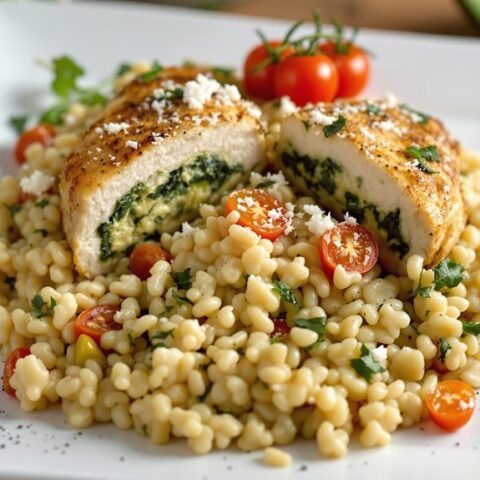
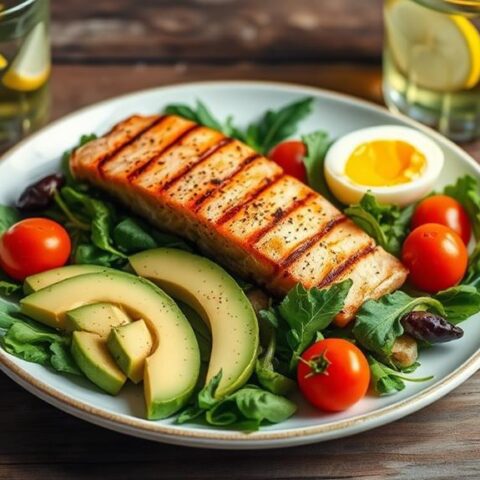
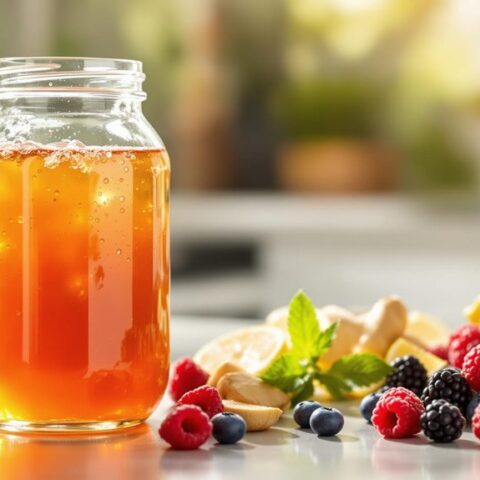
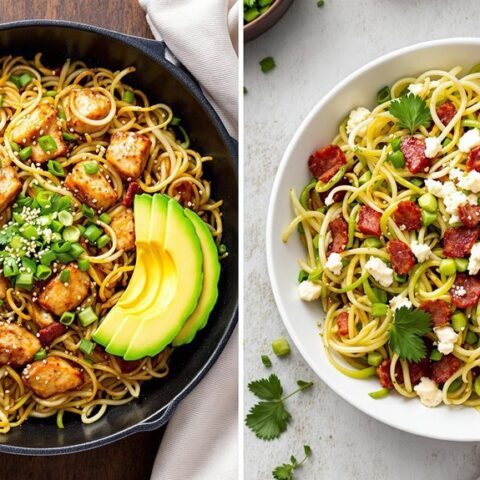

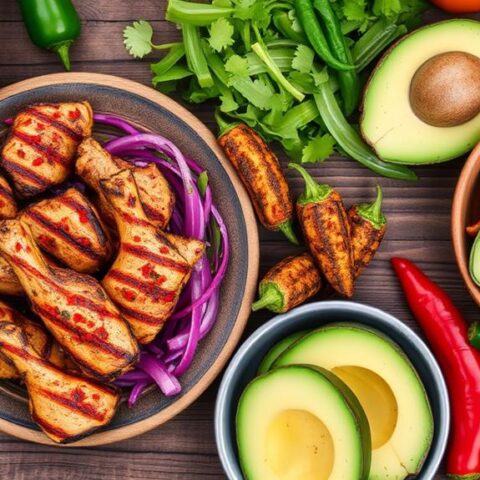
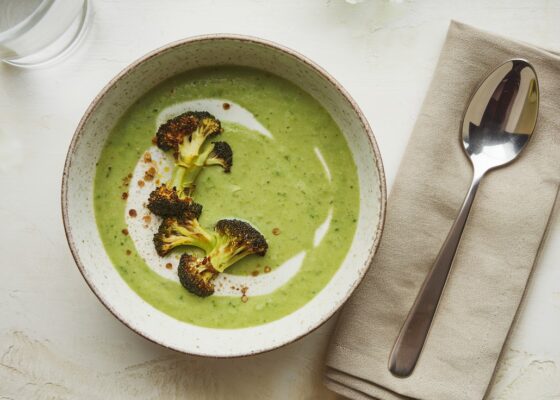

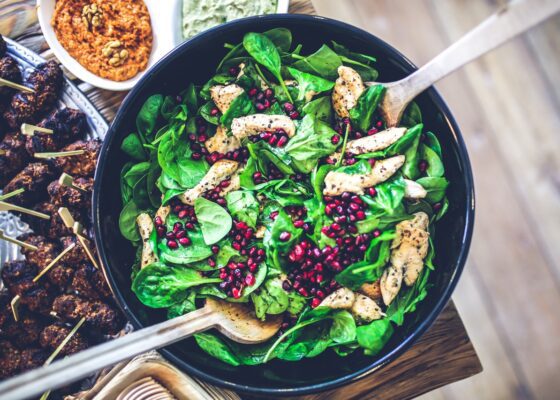
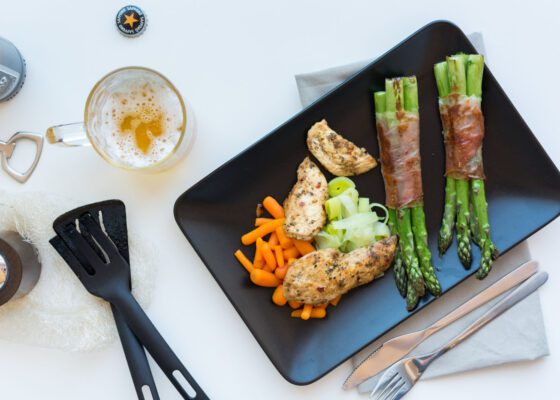
No Comments